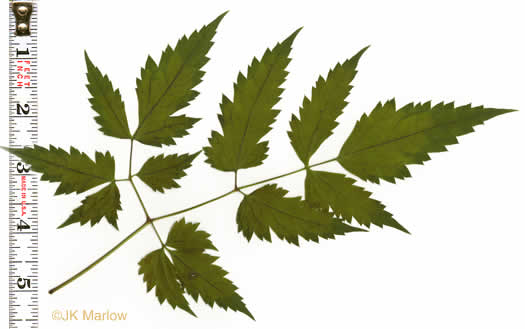Botanical terms of leaves:-
Now you should know the terminologies related to leaves.
Blade: the broad thin part of a leaf apart from the stalk [the blade may be called a "lamina" in many
The part that I always (or used to) think of
as a leaf is actually just one part of the leaf. I’m only defining two parts of
the leaf – the blade and the petiole – in this exercise, but in the image
below, you’ll see in smaller-sized text three other terms you may want to
remember: apex = the tip of the blade; base = the end of the blade opposite the
apex; margin = edge of the blade.
The blade, of course, is where most of the
photosynthesis of the plant takes place. The petiole, besides being a way to
keep the blade attached to the stem, carries nutrients and water to the blade.
In the illustration below, the midvein, the major conduit to smaller veins that
are distributed throughout the blade, is conspicuous. Veins deliver nutrients
and water to every part of the blade and carry the products of photosynthesis
back to the petiole to be delivered to other parts of the plant.

Petiole: the stalk that joins a leaf to a stem; leafstalk.
The word comes from the Latin petiolus, which
means “little foot.” The petiole is the foot of the leaf, then, and the foot
steps firmly on the stem.
Leaf
Types
Simple: not divided or branched.
The thing to keep in mind, now, is that, by
tradition, a leaf is attached to a stem. Each leaf is attached to a stem.
Look at the next two illustrations closely.

On the left is a simple leaf. On the right it
looks like you have three leaves attached to the stem. (Where on the stem, by
the way, is the leaf attached? That’s right – at the node.) What we have on the
right, though is an example of compound, or branched, leaves. We have one
petiole, in this instance, and three leaflets. These leaflets look like blades,
but they are really one blade subdivided into three parts.
Compound: consisting of two or more simple parts or individuals in
combination.
Compound leaves may look like the illustration
on the right, above, or they may look more like the leaves of a fern. The
blades of a compound leaf are fully subdivided into leaflets. The Bean (or Pea)
family has many examples of compound leaves. Take a look the next time you see
a living bean or pea plant and see whether you can recognize the petiole and
the subdivided blades.

.
Alternate: placed alternately on the two sides of the stem.
In an alternate arrangement, there will be
only one leaf per node. In the illustration below, the even-numbered leaves are
on the left and the odd-numbered leaves are on the right side of the stem
Opposite: arising in opposed pairs, one on each side of the stem.
In an opposite arrangement, there are two
leaves per node. In the illustration below, both leaves 1 and 2 arise from the
same node.
Whorled: a set of leaves, flowers, or branches springing from the stem at
the same level and encircling it.
In a whorled arrangement, there are 3 or more
leaves per node. In the illustration below, 4 leaves arise from the same node.
Spiral: winding in a continuous and gradually widening (or tightening)
curve, either around a central point on a flat plane or about an axis so as to
form a cone.
In a spiral arrangement, we are back to 1 leaf
per node. In the illustration below, the leaves corkscrew around the stem.

No comments:
Post a Comment